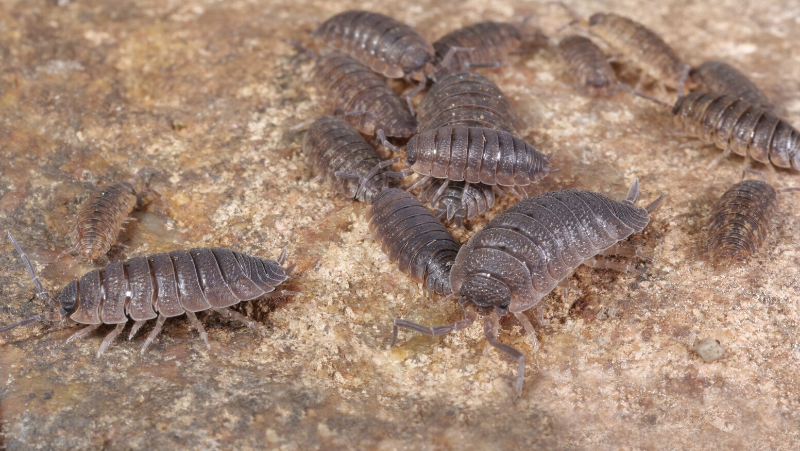Yates Account
Join now
Create a Yates account today!
Sign up to join the Yates Garden Club for monthly e-mails packed with seasonal inspiration, tips for success & exclusive promotions.
Plus if you’re a Garden Club member you can take part in the Yates Growing Community - a blog to share successes, get advice & win prizes in fun challenges along the way!

Forgot password
Enter the email address associated with your account, and we'll email you a new password.

What are Slaters and how to get rid of them
Description:
Slaters are not insects, they are one of the only land-living crustaceans and are closely related to prawns and crabs.
Slaters are small and up to 2cm long with a heavily segmented body. Most segments have a pair of legs while the head has two pairs of antennae with one pair easily noticeable, while the other pair is not. Slaters are generally grey but some species are orange, brown or yellow.
After disturbance, some slater species tuck their head into their abdomen and roll into a ball as a defence behaviour, very much like an armadillo does. Hence, the common name ‘Pill Bug’ or ‘Roley Poley’.
Lifecycle:
Females carry their eggs in a pouch which emerge after hatching. Slaters can produce many generations per year which can lead to plague proportions. Juveniles are similar to adults but are smaller and lighter in colour.
Habitat:
Slaters prefer moist environments with plenty of dead organic material to feed on. In high numbers, slaters also feed on vegetable and flower seedlings, root vegetables and fruits laying on the ground (such as strawberries), sometimes feeding on soft stems and branches.
Slaters often hide under compost, mulch, rocks, timber and dense vegetation such as groundcovers.
Best Treatment for Slaters
- Grow seedlings in pots until they have grown into a more mature plant.
- Keep mulch well away from the base of seedlings and soft stemmed plants. Slaters fear leaving the safety of their hiding places and are less likely to venture where there is no cover.
- Cut the bottom out of an empty, clear plastic drink bottle, remove the lid and place over the top of the seedling. This will not only prevent slaters from feeding on your seedlings, but will also act as a mini greenhouse.
- Grow plants such as squash, melons and cucumbers on a trellis. This will protect soft stems from slaters feeding, prevent physical injury to the fruit from the ground and reduce other pests and diseases, particularly Powdery Mildew.
- Grow strawberry plants in pots to keep fruit from sitting on the ground.
- Once crops have finished, turn over the soil and leave exposed for birds and skinks to feed on slaters.
Symptoms of Slater damage
Chewed off tops of emerging seedlings leaving only the stem behind. Ringbarking of seedlings, stems and branches. Holes in fruit and root vegetables.
What plants are impacted by Slaters
Vegetable and flower seedlings, root vegetables and fruits laying on the ground (such as strawberries), sometimes feeding on soft stems and branches.












Share
Share this article on social media